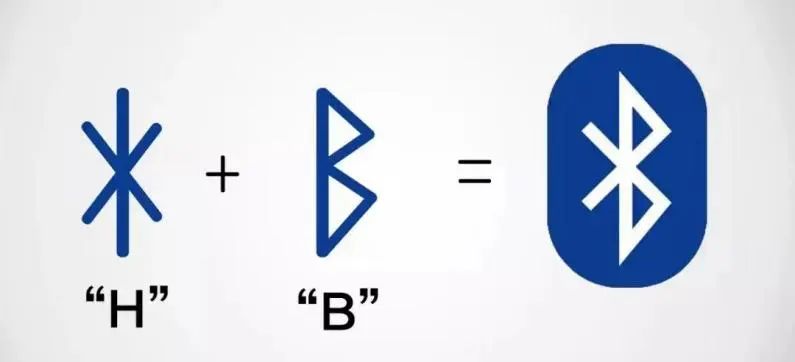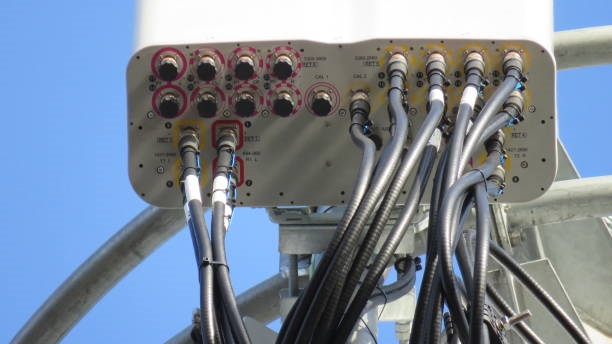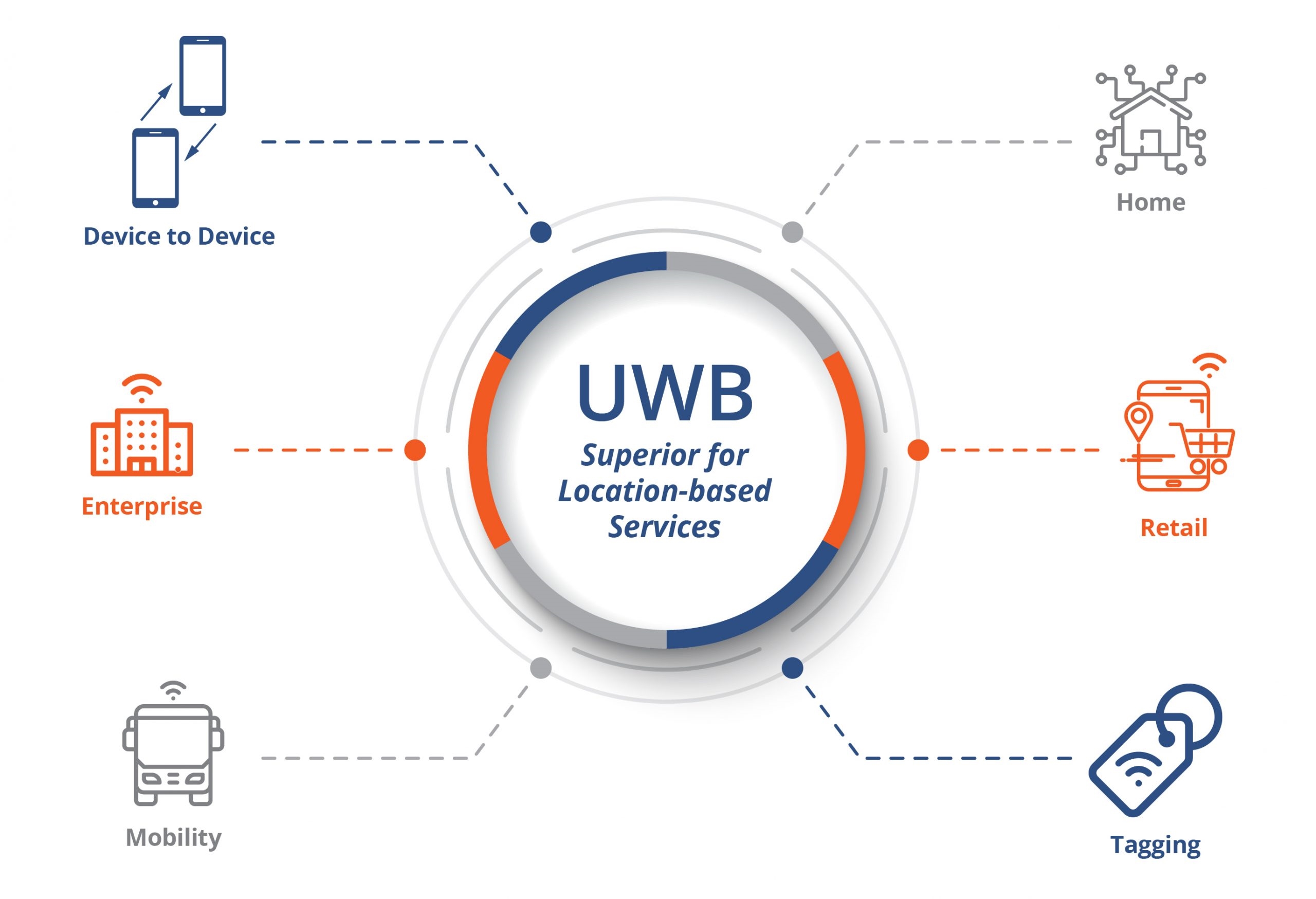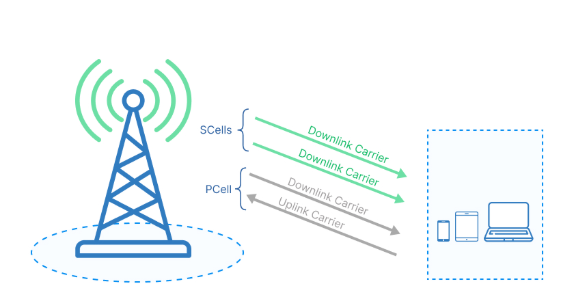 Introduction
Introduction
Bluetooth technology is increasingly embedded in everyday products such as Bluetooth headsets, speakers, mice, and watches. The name "Bluetooth" may seem odd at first; its origin and the technical principles behind the technology are explained below.
Origin and History
Bluetooth is named after a 10th century Danish king, Harald Bl?tand, who ruled Denmark roughly from 958 to 986. He was a capable leader who helped end the Viking Age and unified large parts of what are now Denmark, Norway, and Sweden.
The Danish name Bl?tand translates to "Bluetooth" in English. One legend says the king loved blueberries and his teeth were stained blue; another theory is that one of his teeth was diseased and appeared dark. In the 1990s, several Nordic telecommunications companies collaborated to define a single short-range wireless communication standard for phones, computers, and headsets. The development team named the technology "Bluetooth" with the idea of unifying short-range wireless communication in the same way the king had united parts of Scandinavia.
The Bluetooth logo is a bind rune combining the runic letters for H and B, representing the initials of Harald Bl?tand's name.

How Bluetooth Works
Bluetooth is a wireless communication protocol that operates in the 2.4 GHz to 2.4835 GHz radio frequency band. It provides short-range digital communication between fixed devices, mobile devices, and building systems.

A typical Bluetooth device comprises a radio module, a digital processing module, and, for audio applications, an audio amplifier. The radio module handles wireless transmission and reception of digital signals between devices. Once a signal is received, the digital module decodes it and forwards it to a processing chip. If the signal carries audio, it is converted to an analog audio signal and amplified by the audio amplifier for playback.
Differences Between Bluetooth and Wi-Fi
Both Bluetooth and Wi-Fi are short-range wireless technologies, but they differ in usage and design.
Usage model: Wi-Fi often connects many devices to an access point for internet access, a one-to-many setup. Bluetooth typically connects two devices for direct peer-to-peer data exchange. This point-to-point model can provide different security properties.
Frequency and interference: Both operate in the 2.4 GHz band (2.4 GHz to 2.4835 GHz). Bluetooth divides this 83.5 MHz band into 79 channels and uses FHSS (frequency-hopping spread spectrum), hopping among channels to improve resilience to interference.

Hardware and cost: Bluetooth commonly uses compact microstrip antennas that are easy to integrate into devices, and Bluetooth modules are generally low cost and low power. Wi-Fi typically requires a dedicated network interface and routing infrastructure, which can increase cost and power consumption. In many scenarios, Bluetooth is the more suitable option.
Everyday Applications
Ticketing and access control — Some transit or access systems require Bluetooth to be enabled on a device so gates and mobile devices can validate each other locally, reducing dependence on external network connectivity.
Item trackers — Bluetooth trackers attach to phones, bags, pets, or people. When the tracked item moves out of a set range, the tracker can trigger an alert on the paired device.
Bluetooth mice and keyboards — Many mice and keyboards now support Bluetooth, offering wireless convenience for portable use and office environments.
 ALLPCB
ALLPCB







